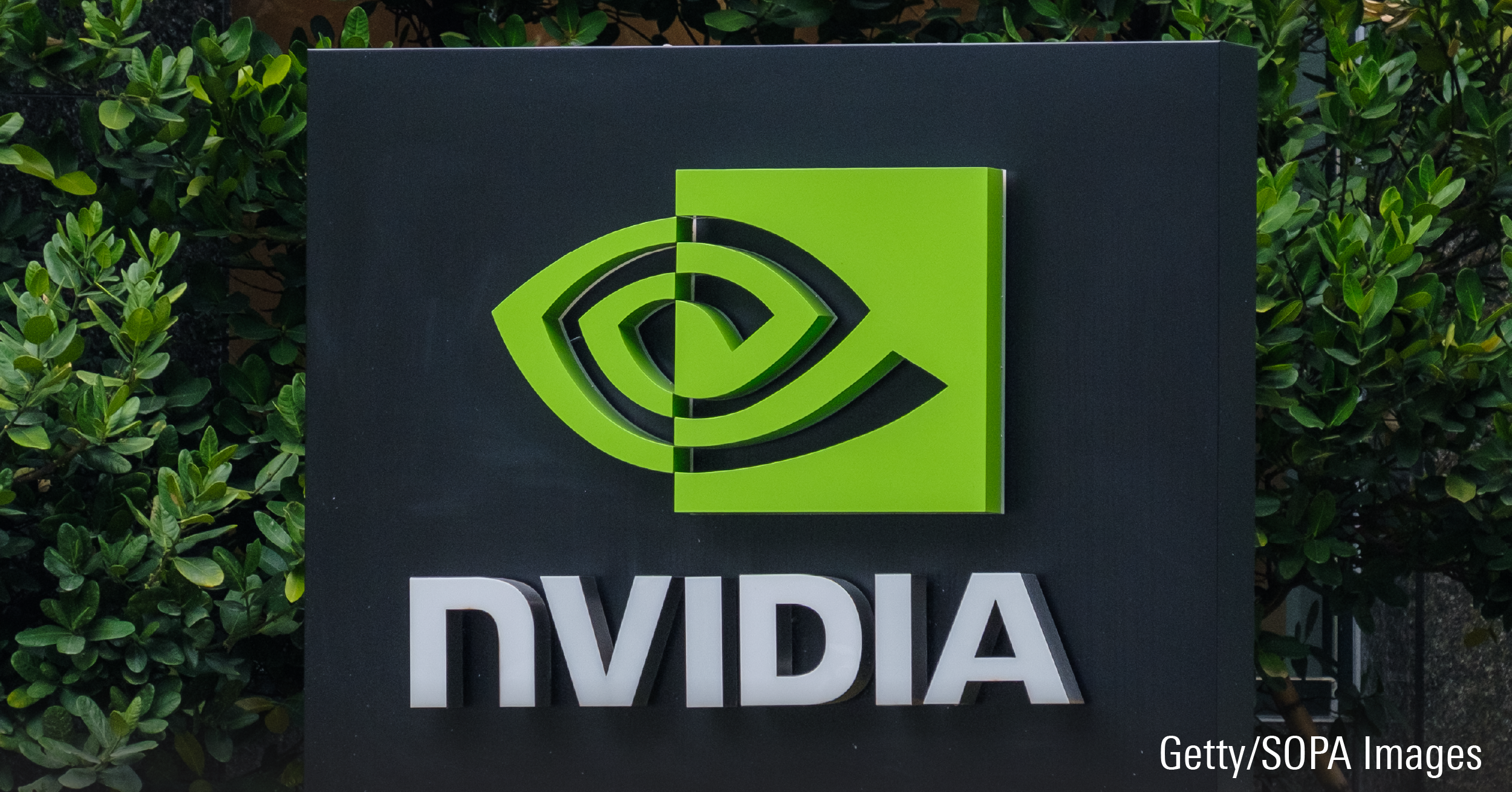Editor's note: When commodity prices rise, it's normal for the shares of commodity producers to follow suit. That emphatically wasn't the case in 2011, as resources stocks slumped. What does this year hold for investing in the various resources sectors, and what are some of the companies that bear watching?
We asked our three resources-roundtable panellists:
Norman MacDonald, vice-president at Invesco Canada Ltd., who is responsible for Trimark Resources and Trimark Energy Class.
Robert Lyon, senior-vice president and portfolio manager at AGF Investments Inc., whose responsibilities include AGF Canadian Resources Class, AGF Precious MetalsAGF Global Resources Class.
Scott Vali, vice-president and portfolio manager at Signature Global Advisors, a division of CI Investments Inc. Vali is responsible for CI Signature Canadian Resource  and CI Signature Global Energy Class.
and CI Signature Global Energy Class.
Moderating the roundtable was Morningstar columnist Sonita Horvitch, whose three-part series continues on Wednesday and concludes on Friday.
Q: Natural-resources stocks had a tough year in 2011.
MacDonald: Yes. All three of us invest in commodity-related stocks and we look for these stocks to do well when the commodity prices head higher. But, if you look at gold stocks, for example, in 2011, the price of bullion was up 10%, but gold stocks had an awful year. There was so much volatility globally in 2011. What happened in Europe did not help commodity-related stocks and what happened in North Africa and the Middle East was also a problem. This global uncertainty played havoc with equities and, in particular, commodity-related equities.
| Index | 1Yr | 3Yr | 5Yr | 10Yr | ||
 |
||||||
 |
||||||
| S&P/TSX Capped Energy | -14.8 | 10.4 | -0.8 | 11.5 | ||
| S&P/TSX Capped Materials | -21.2 | 13.0 | 6.7 | 12.5 | ||
| S&P/TSX Composite | -8.7 | 13.2 | 1.3 | 7.0 | ||
 |
||||||
| For periods ended Dec. 31 | ||||||
 |
||||||
Vali: In the second half of last year, there were a number of headwinds affecting the equity market. You had sovereign-credit default scares and these are still a concern. We are going to be dealing with these through most of 2012, as the European Union figures out how to correct the problem.
In 2011, the Chinese government was keen on reducing inflationary pressures and its monetary policy was aimed at this. But there are signs of that changing. Given that China is a major consumer of a lot of the commodities that are produced by the companies that we are investing in, its monetary easing will have a beneficial impact on commodities in 2012.
Lyon: 2012 should be a better year for natural-resources stocks. Valuations on the energy and materials stocks are reasonable and gold stocks are, to some degree, trading at historically low valuations.
 |
|
 |
|
| Scott Vali | |
 |
|
 |
|
 |
MacDonald: It surely cannot get any worse for these stocks in 2012 than it was in 2011. Think about the solid commodity prices for oil, base metals and gold, and look at what the equities did in 2011. Surely the downside risk on the stocks is behind us.
Vali: It is to some extent, but the sovereign-debt issues have not been dealt with. There is downside risk in a scenario where the equity market panics about the willingness of political leaders to tackle the problems.
Lyon: The go-forward global economic growth isn't going to be what it was in the past 10 or 15 years. It's going to be lower. A lot of investors are waiting to see how much lower and are sitting on the sidelines until some of the issues are resolved.
Vali: If investors get comfortable with the outcome, the fact that there is a lot of money sitting on the sidelines is bullish for the equity market.
Lyon: Another bullish point is that the commodity prices have held up surprisingly well, given the weak macroeconomic backdrop. The question investors should ask is what commodity prices will do, if things recover. It highlights the underlying supply/demand tightness in a lot of the commodities.
Vali: The resource base is not there to feed emerging-market economic growth.
MacDonald: The lack of good-quality deposits is coupled with a very limited number of people with the skill set to execute on building these mines.
Q: Let's take a closer look at the materials sector, which constitutes 21.9% of the S&P/TSX Composite Index. Let's focus on gold stocks, a major component of this sector and a significant factor in the Canadian equity market relative to stock markets in other countries.
 |
|
 |
|
| Robert Lyon | |
 |
|
 |
|
 |
Lyon: 2011 was certainly a tough year for gold stocks. The divergence between the equities and the underlying commodities was probably as wide as I have ever seen it in my career. In a longer-term context, gold equities and gold prices do protect you during a downturn in the economic cycle versus other asset classes. But they don't protect investors every week, or every month or every year. If you look at the broader stock market, it has done nothing for a decade, yet the gold price and gold equities have done extremely well through most of that period.
Vali: A number of the mid-cap and senior gold producers in 2011 had troubles at some of the mines that they were bringing on stream. This reminded the equity market that these are, after all, mining companies. A lot of investors shifted their money to bullion ETFs (exchange-traded funds).
Lyon: Looking at other commodities, the global copper market is tight, but production has been rising every year for the past decade. The same can be said for oil. But gold production has been, on average, about flat for the past 10 years. It's tough to bring on a big new gold mine.
MacDonald: The gold-mining industry tends to be too optimistic about new mine construction and production growth. In 2011, investors balked when they saw the cost-inflation numbers and the lack of earnings and cash flow that you would expect to see with bullion at US$1,600 per ounce.
Vali: It's not unique to gold companies. Across the resources space, inflationary pressure is adding to capital-expenditure budgets and production results are not as robust as what management teams initially thought.
Lyon: The acquisition by Barrick Gold Corp. ABX of copper producer Equinox Minerals Ltd. made a lot of investors question the large-cap gold companies. When a gold company tells you that the best dollars it can spend are in the copper market, it makes me wonder if I should be doing the same thing.
 |
|
 |
|
| Norman MacDonald | |
 |
|
 |
|
 |
Vali: It also reminded investors that these gold companies' acquisition track records have, for the most part, been dilutive to shareholders. More recently Eldorado Gold Corp. ELD made a bid to take over European Goldfields Ltd., which has gold assets in Greece. Again, not to single out a company, but for the most part, the acquisitions have not lived up to the companies' initial expectations.
Lyon: A lot of gold companies do show absolute production growth, but not per-share growth.
MacDonald: An example is Kinross Gold Corp. K.
Vali: Barrick's purchase of Equinox begs the question as to why gold companies trade at such a high multiple relative to copper companies?
MacDonald: The gold stocks have traditionally traded at a significant premium to other mining stocks.
Lyon: There have been several years of (price-earnings) multiple compression in gold stocks and they are getting closer in valuation to other mining companies. Gold stocks are now cheaper than some agricultural stocks and some of the higher-valued base-metal stocks.
Vali: In summing up, the weakness in gold stocks in 2011 reflected both the de-rating of these stocks and the operational challenges that the companies faced. It is going to be challenging to find gold companies with growth assets that can execute on those opportunities.
Q: The outlook?
MacDonald: It is going to be about having a stable gold price of say US$1,600 per ounce, the companies showing what their profitability is and, hopefully, seeing a multiple expansion on that. We also need to see good-quality assets coming to the forefront among the juniors. But there is value to be had in the gold sector.
Photos: paullauwrencephotography.com















